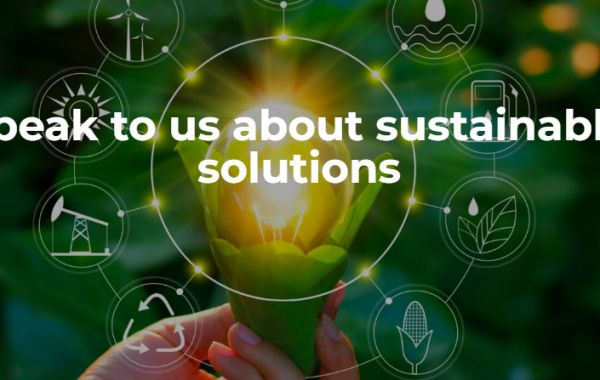Introduction
What is EDI Healthcare?
Electronic Data Interchange (EDI) in healthcare refers to the electronic exchange of healthcare data between healthcare providers, payers, and other healthcare stakeholders. It involves the seamless transmission of patient information, claims, payments, and other administrative transactions in a standardized electronic format.
Challenges
Common Challenges Faced in Implementing EDI in Healthcare
Implementing EDI in healthcare comes with its set of challenges. From interoperability issues to data security concerns, healthcare organizations often encounter hurdles in adopting EDI systems seamlessly.
Benefits
Advantages of EDI in Healthcare
Despite challenges, the benefits of implementing EDI in healthcare are profound. Improved efficiency, reduced administrative costs, streamlined workflows, and enhanced accuracy in data exchange are among the key advantages.
Implementation Strategies
Key Strategies for Successful EDI Implementation
To ensure successful EDI implementation, healthcare organizations must prioritize interoperability, invest in robust data security measures, provide comprehensive staff training, and collaborate closely with technology partners.
EDI in Patient Care
Enhancing Patient Care with EDI
Beyond administrative functions, EDI plays a crucial role in improving patient care. From facilitating electronic health records (EHR) exchange to enabling telemedicine services, EDI enhances communication and coordination among healthcare providers, leading to better patient outcomes.
Regulatory Compliance
Meeting Regulatory Requirements with EDI
EDI healthcare solutions must comply with various regulations, including HIPAA (Health Insurance Portability and Accountability Act) in the United States. Ensuring data privacy, security, and integrity is essential to meet regulatory standards.
Cost Savings
Cost Savings and Efficiency with EDI
EDI implementation leads to significant cost savings by reducing manual processes, minimizing errors, and accelerating claim processing and reimbursement cycles. Healthcare organizations can redirect resources towards patient care and innovation.
Future Trends
Emerging Trends in EDI Healthcare
The future of EDI in healthcare is promising, with advancements in interoperability standards, artificial intelligence, blockchain technology, and data analytics. These innovations will further optimize healthcare operations and improve patient experiences.
Case Studies
Real-Life Examples of Successful EDI Implementation
Several healthcare organizations have successfully leveraged EDI to streamline operations and enhance patient care. Case studies illustrate the transformative impact of EDI on revenue cycle management, care coordination, and population health management.
Conclusion
Summarizing the Impact of EDI in Healthcare
In conclusion, EDI healthcare revolutionizes the way healthcare data is exchanged, processed, and utilized. Despite challenges, the benefits of EDI are undeniable, leading to improved efficiency, reduced costs, and better patient outcomes.
FAQs
- How does EDI healthcare improve patient outcomes?
- What are the key challenges in implementing EDI systems?
- Is EDI compliant with healthcare regulations like HIPAA?
- Can EDI reduce administrative costs for healthcare organizations?
- What are some emerging trends in EDI healthcare?
- Are there any risks associated with EDI implementation?
Conclusion
Discover the transformative potential of EDI healthcare in revolutionizing patient care, streamlining operations, and driving innovation in the healthcare industry. Embrace the future of healthcare with EDI solutions tailored to meet the evolving needs of patients and providers.








